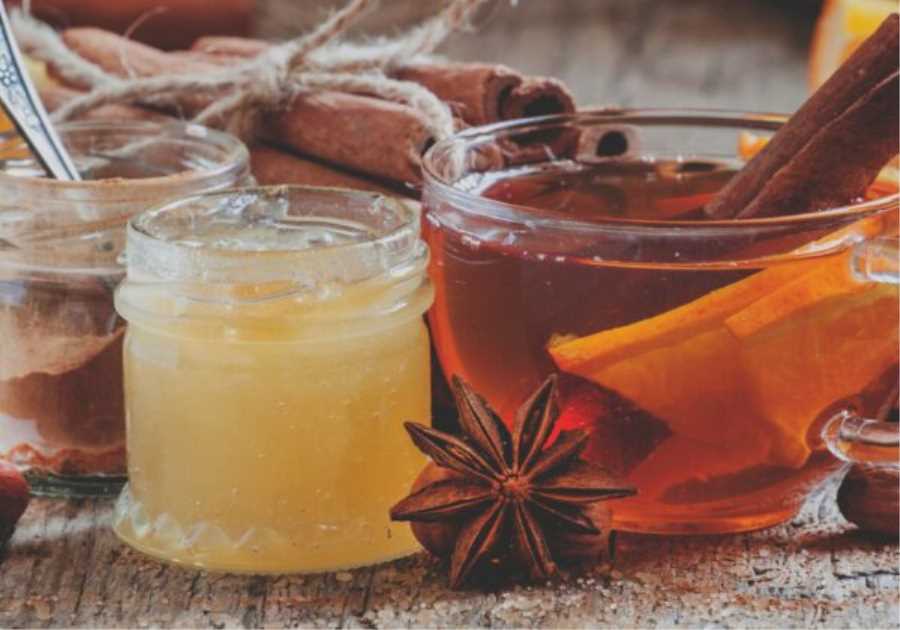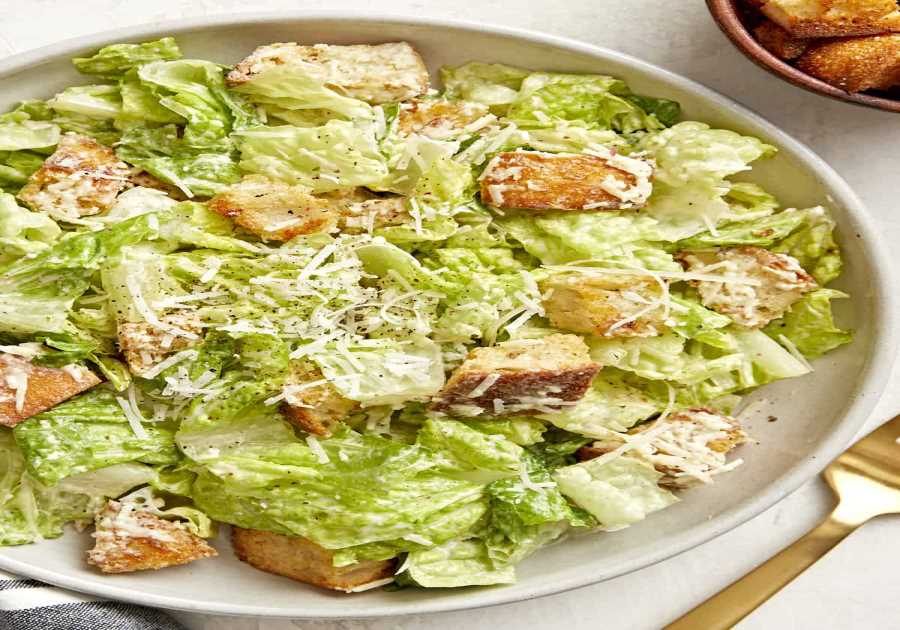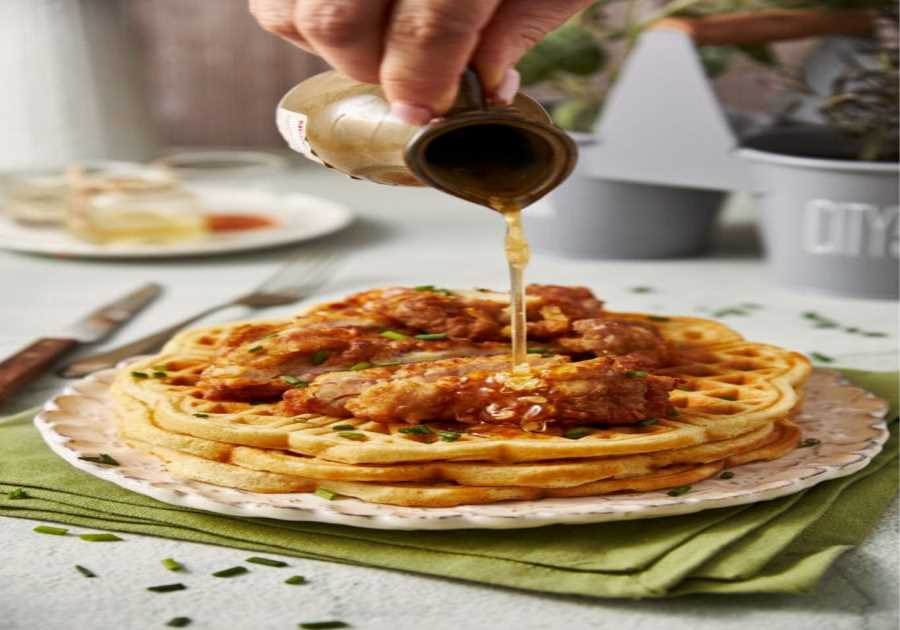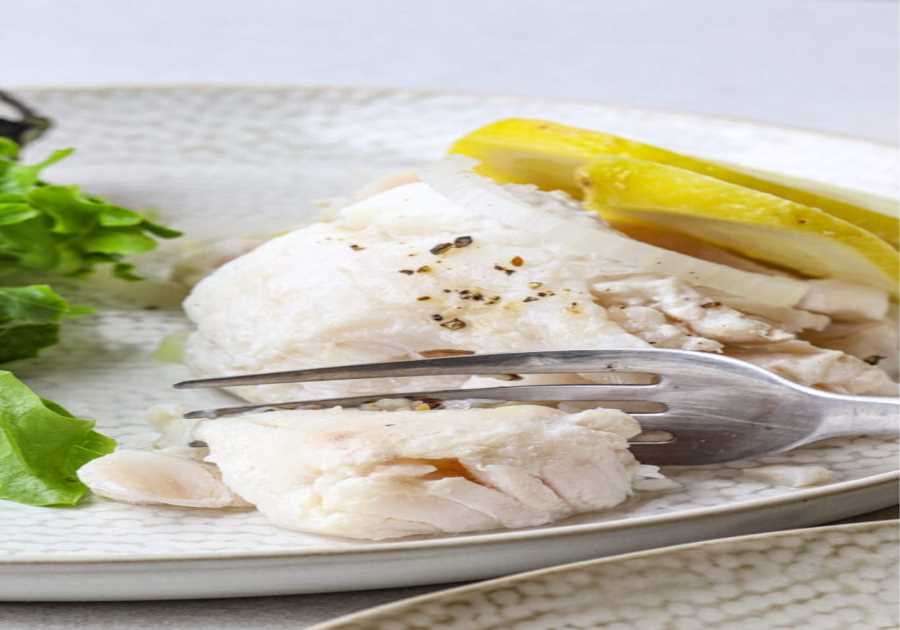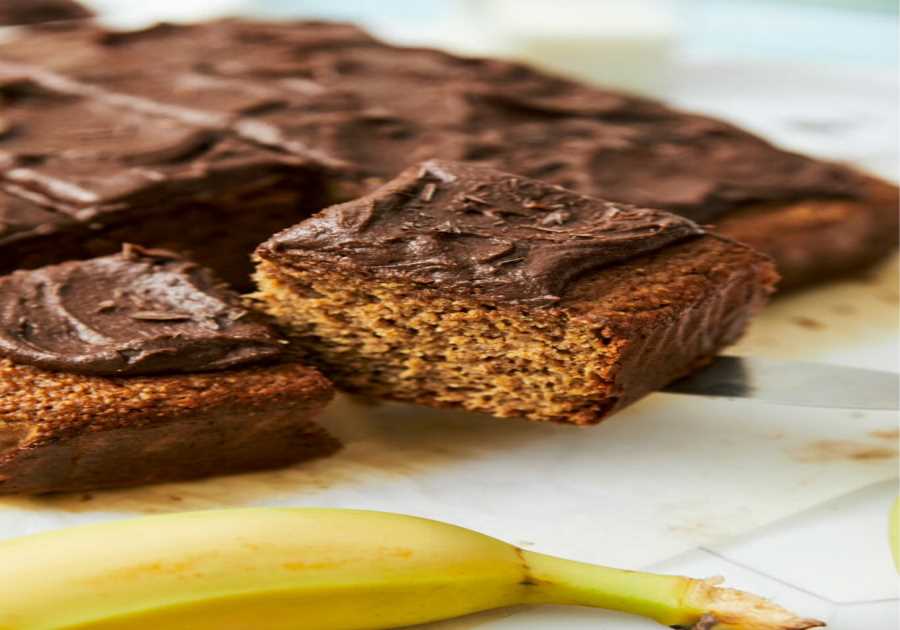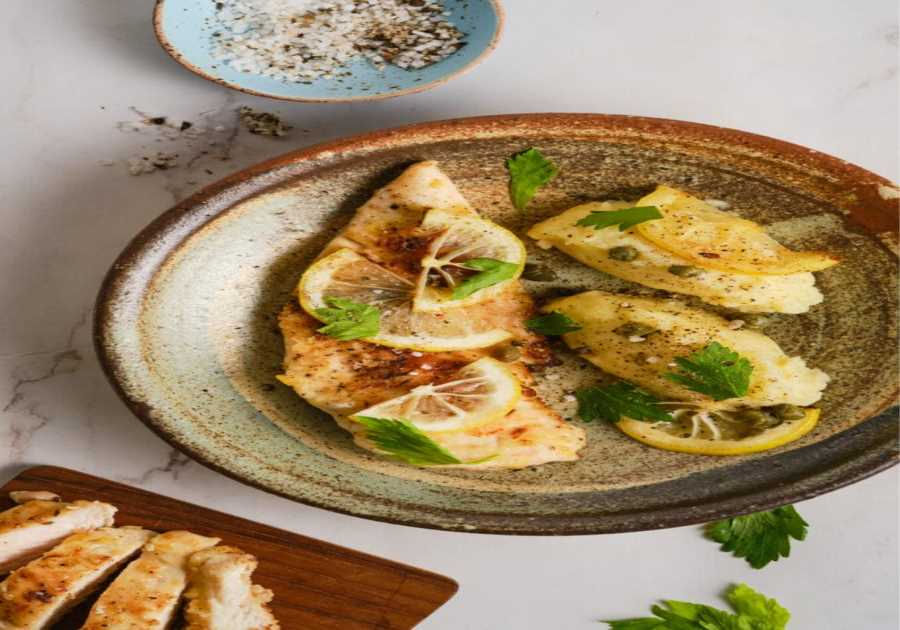For now, love yourself and enjoy this one ...
Written for Spice Station Silverlake by: Amanda Csolak
If you find yourself confused about curry powder, you’re certainly not alone. This diverse spice blend varies significantly in flavor, brand, and even color. It’s a versatile ingredient, featuring in a wide range of dishes—from elevating deviled eggs to enhancing dry rubs and enriching roasted sweet potatoes. I’ve used curry powder in many dishes, and it is one of my favorite spice blends to keep in my kitchen among my arsenal of spices
Interestingly, the term “curry” was originally popularized by British colonists to encapsulate a broad spectrum of Indian flavors and dishes. In its traditional Indian context, curry usually refers to a saucy dish comprised of meats or vegetables, often with a tomato or coconut base. While curry powder may not be a staple in authentic Indian cuisine, it has undeniably made a significant impact on Western culinary practices and spice collections.
Here we will dive into the subject of curry. Read more to learn about what goes into a curry powder, the various types of curry, how to use it, and where you can find the best curry anywhere, Hint it’s not in your local store in the spice aisle.
Curry Powder – What’s In It?
There are many different types of curry powder all around the world. Most consist of turmeric, ginger, cumin, and black pepper. Some blends also contain garlic and cinnamon. While these various curry powders can have differing flavors, one thing they all share in common is a pleasant pungency and a sweet warmth to any dish.
Types Of Curry Powder
While the Indian-inspired variety may receive the lion’s share of attention, curry powders from other parts of the world offer their own distinct flavor profiles. For instance, Thai curry powder incorporates elements like lemongrass and lime leaves, lending a tangy kick to dishes. On the other hand, Caribbean blends tend toward a sweeter palette, incorporating spices such as anise and allspice for a unique flavor profile. Garam masala is a Southern Indian spice blend that is comparable to curry powder, but it uses spices that offer more pungency, such as nutmeg, cloves and black cardamom. All of these spice blends and other varieties of curry powder can be found at my personal favorite spice shop, Spice Station Silverlake.
Using Curry Powder
Keeping curry powder in your pantry is a smart move for versatile cooking. Whether you’re roasting a sheet pan of vegetables or pan-frying some salmon, a sprinkle of this dynamic spice can really elevate the dish. Its complex flavors breathe new life into soups and stews, and it can make staples like potatoes and seafood suddenly feel fresh and exciting.
Take it from me, if you’ve been following my cooking journey you know I love trying new recipes and new spices, so of course utilizing only one of these blends of curry powder is simply not enough for this foodie.
Where To Find The Best Curry From Around The World
Sure you can find curry in your local grocery store, but it might not be the best curry. To find the best curry from around the world you don’t have to look too hard, because I know exactly where you can find it. Spice Station Silverlake has spices from all over the world. Proudly offering over ten different types like curry blends from the Caribbean, India, Indonesia, Jamaica, Japan, and Thailand. They also carry both a French/Belgium blend and a French Caribbean curry mix originating from Guadeloupe.
Jamaican Curry Chicken Recipe
A delicious Jamaican dish incorporating coconut milk, potatoes and a few unique spices.
Prep: 15 minutes
Cook: 40 minutes
Total: 55 minutes
Yields: 4 servings
Ingredients
- 1 1/4 pounds boneless, skinless chicken breasts cut into 1-inch pieces (about 2 breasts)
- 2 tablespoons olive oil
- 1 medium yellow onion, finely chopped
- 1 red bell pepper, very finely chopped
- 2 jalapeno peppers, very finely chopped
- 3 cloves garlic minced (about 1 tablespoon)
- 1 teaspoon minced fresh ginger
- 4 1/4 tablespoons Mama Maria’s Jamaican Curry blend
- 2 medium Yukon gold potatoes peeled and diced
- 1 15-ounce can light coconut milk
- 1 tablespoon Worcestershire sauce
- 1 1/2 teaspoons white wine vinegar
- 1 teaspoon hot sauce plus additional to taste
- Chopped fresh cilantro
- Prepared rice of your choice. I prefer basmati rice but you may use jasmine, long grain white, or brown rice. Additionally there are gluten free alternatives like quinoa, and cauliflower rice if you prefer.
Instructions
- Sprinkle the chicken with salt. Set aside.
- In a Dutch oven or similar deep, sturdy pot, heat the oil over medium. Once it is hot, add the onions, and cook, stirring occasionally, until the onions begin to soften and turn translucent, 5 to 8 minutes.
- Stir in the red bell pepper, jalapeños, garlic, and ginger. Cook, stirring often, for 2 minutes.
- Add curry powder, turmeric, allspice, and cayenne. Cooking, stirring constantly, until spices turn deep gold and become ultra fragrant, about 1 minute.
- Add the chicken and sauté for 5 minutes, stirring often. It should look golden on the outside but does not need to be completely cooked through.
- Add the potatoes. Cook, stirring often, for 3 minutes.
- Add the coconut milk, Worcestershire, vinegar, and hot sauce. Stir to combine. Bring to a simmer. Continue to simmer, reducing the heat to low as needed, until the chicken is tender and cooked through, the potatoes are tender, and sauce has slightly reduced, 15 to 20 minutes. Stir every few minutes to keep the sauce from sticking.
- Taste and season with additional salt or hot sauce as desired. Serve hot over rice, with a big sprinkle of cilantro.
Frequently Asked Questions
What's the difference between cooking whole and with ground spices? Ground Spices?
There are no significant differences in the cooking of whole and ground spices. After harvesting, spices are ground. There is no quality difference.
However, the price differences are significant. Whole spices are more expensive due to the labour required for processing them. But the flavour is well worth it.
Buy whole spices and you'll often receive additional discounts. For example, you might receive a discount if you buy an entire bag of cinnamon sticks.
It is the same for cardamom and cloves as well as ginger, ginger, nutmeg, and ginger. You might be able to save money by buying these spices in bulk.
Whole spices also last longer than ground spices. Because ground spices lose potency quickly from oxidation, this is why whole spices last longer than ground spices.
We recommend buying whole spices because they add flavor to your recipes.
You can make delicious curry using whole turmeric, instead of ground turmeric. Or you can grind whole coriander seeds to create a spice blend for chicken dishes.
Additionally, spices need to be ground. It makes sense to purchase large quantities of whole spices when you are buying them. So you don't run short of spices.
What is the content of cumin in Thai food?
Cumin is one of the most commonly used spices in Thai cuisine. Many Thai dishes are made with cumin, garlic, ginger and coriander.
Stir-fries are a popular use of cumin in Thai cooking. Cumin can also be added to sauces, marinades and dressings. While cumin gives Thai food its distinctive flavour, other spices are also at play.
The mix can be enhanced with fish sauce, garlic, ginger, chilli peppers and ginger. You can create Thai-inspired signature dishes by combining spices in different proportions.
Cumin is a vital ingredient in Thai cooking. It can often be found in traditional Thai dishes. The complex flavours of cumin add a special flavor to Thai cuisine. Cumin's distinctive spices are a key ingredient in Thai cuisine.
By adding spices such as cumin to their dishes, chefs can create delicious and unique flavours that capture the essence of Thai cooking. So the answer to the question is yes - cumin is a critical component in many traditional Thai dishes.
What purpose is Thai spice used?
Everyone has heard the term Thai spice, but not all know what it is. But once we start to feel the heat in our mouths, we wonder why it hasn't been eaten more.
It's much more than a spice. It's an essential ingredient that adds flavor and depth to dishes that would otherwise be bland.
While there are thousands of Thai-inspired recipes out there, few of them contain the real thing. Let's talk about how to make sure you add these amazing flavors to your meals.
Thais have been using spices and herbs to flavor food and drinks since ancient times. Thai is the Sanskrit word that means "to cook".
Thais are still fond of spicy foods. This preference is often attributed to the hot weather in Thailand, which makes it difficult to keep warm without something hot to drink. Thais are also more likely to consume chili peppers as compared to Americans or Europeans.
You can learn the most about Thai spices by visiting a local Asian grocery. There you will find a variety of ingredients such as dried chilies fresh basil leaves curry paste and ground black pepper.
Also, you may find whole peppercorns.
There are two types of spices in Thai cuisine: dry and wet. Wet spices are ground finely, while dry spices are typically ground.
Dry spices are usually added to a dish. For example, you can sprinkle ground red pepper onto your chicken soup. A paste is made by combining wet spices and oil with butter or butter.
Wet spices are commonly used in marinades and sauces. Some common wet spices include fish sauce, oyster sauce, soy sauce, sesame oil, curry paste, and hoisin sauce.
You need to be able to match certain spices with Thai ingredients if you wish to make Thai food at home.
Red pepper flakes are recommended for beef. If you use seafood like shrimp, you should use white pepper instead.
You can also order online if your Asian market is not available. Here you will find everything, from dried chilies and exotic herbs to spices.
This Thai recipe will give you a kick next time your stomach gets rumbling.
Almond Flour or Almond Meal? What is the difference?
An almond meal can be used as an alternative to almond flour. It can also be used in cooking and baking.
Almond flour might also contain gluten, which can make it hard to digest. It is important to avoid gluten-free products if you have celiac or other digestive disorders.
Almond flour isn’t considered a superfood per se but it does contain healthy fats, fibre and protein and no cholesterol.
The nutritional benefits of almond meal include magnesium and copper, iron and zinc, manganese as well as potassium and vitamin C.
Almond flour, made from almonds contains monounsaturated and polyunsaturated oil. Both can lower LDL cholesterol and increase HDL cholesterol.
Almond flour is also rich in antioxidants such as flavonoids and phenolics. These compounds help to prevent oxidative damage from free radicals.
A study published in the Journal of Agricultural Food Chemistry found that almond flour had antioxidant activity equivalent to that of blueberries, cranberries, pomegranates, and red wine grape juice.
Almond flour is typically sold along with almond milk, which is fortified to add additional nutrients.
What spices are commonly used in Thai cuisine?
Thai cuisine is well known for its diverse flavour profiles. These flavors are created from unique, flavorful spices which create delicious dishes.
Common ingredients used in Thai cooking include lemongrass, galangal, kaffir lime leaves, chillies, garlic, shrimp paste, coriander, cumin, turmeric, and more.
Each of these spices contributes to the distinctive flavour profile of Thai cuisine. The most common uses of lemongrass are in soups, curries, stews, and galangal; galangal is used to add a little peppery kick to dishes, kaffir lime leaves give dishes a citrusy scent, chillies are spicy; shrimp paste gives food an umami flavour; garlic provides a sharp, pungent flavor; cilantro adds a mild aroma to dishes, cumin lends a smoky taste, while turmeric gives dishes a vibrant yellow hue.
These spices are combined to create complex flavour profiles specific to Thai cuisine. Chefs can create delicious and aromatic dishes by using a variety of spices. Stock up on these spices if you want to incorporate the Thai flavours into your cooking.
What kind of mint are used in Thai cuisine?
Thai cuisine uses the most popular type of mint, the lime-leaf (Mentha cevina).
It adds freshness to dishes with its mild, lemony flavor. Thai dishes can also be enhanced by adding other spices such galangal or coriander to their flavour.
Mint can be used in sweet or savoury dishes. Using the right spices, herbs, and aromatics is essential to achieving delicious authentic Thai flavours.
For extra flavor, make sure to add lime-leaf mint next time you prepare a Thai meal!
Happy cooking!
What are the common condiments, spices and seasonings they use in their Thai dishes?
Thai cuisine is a mix of Asian influences. Its roots lie in India, China, and Southeast Asia.
Freshness is the main ingredient in Thai cuisine. Ingredients that are quickly cooked and picked at the right time will have more flavour. This is why meat, fish and vegetables, as well fruits, vegetables, herbs, seeds, and nuts are often eaten raw, then heated.
The addition of spices and sauces can add depth and aroma to dishes. Fresh basil, cilantro, mint, coriander (cilantro), lemongrass, ginger, turmeric, garlic, chillies, chilli paste, soy sauce, tamarind juice, oyster sauce, palm sugar, coconut milk, lime leaves, galangal root, curry powder, shrimp paste, fish sauce, tamarind water, rice vinegar, etc. are commonly used.
Statistics
- India contributes to 75% of global spice production. (en.wikipedia.org)
- It has been estimated that around 1,000 tons of pepper and 1,000 tons of other common spices were imported into Western Europe each year during the Late Middle Ages. (en.wikipedia.org)
- According to a recent survey, professional chefs and many home cooks use spices; usage has only continued to grow from 2011 to now. (hospitalityinsights.ehl.edu)
External Links
[TAG31]
- PubMed: Inflammation and Metabolism Acute - PubMed
- PubMed: Aging and inflammation in the environment
[TAG34]
[TAG37]
[TAG40]
- Development and Validation of Novel Dietary and Lifestyle Inflammation Scores - PMC
- Molecular mechanisms that curcumins have on tumorigenesis, angigenesis and metastasis. This article is from PubMed.
How To
How to choose which spices to buy
Knowing how to choose the best herbs and spices for your dishes is essential to being a good cook. There are hundreds of options, so where do you begin when deciding which ones to add to your pantry?
When selecting spices, you need to be aware of three key factors: cost, shelf life, flavour, and cost. Flavour profiles differ depending on whether you're cooking meat, poultry, fish, vegetables, beans, grains, pasta, eggs, dessert, bread, etc. Once you have chosen a category, you can narrow down your choices by taking into account these differences.
Shelf lives vary greatly too. Some spices last forever, while others expire quickly. Cayenne pepper, for example, can last years while oregano, on the other hand, loses its potency within two months. Also, the price. Spices are available in a range of prices, from $1 per tablespoon to more expensive than $100 per an ounce. This means you'll need to find a balance between value and quality.
You'll also want to determine whether you prefer organic or non-organic ingredients. Organic products have fewer pesticides and chemicals that conventional products, which is better for your health as well as the environment. You'll have to balance the benefits and costs of organic products.
The best way to get the perfect spices for your home is to shop online. Online retailers provide extensive information about each product including reviews, prices, ratings and ratings.
Once you have narrowed your selection, you are able to place an order directly at the retailer. After you have received your items, keep them safe in an airtight container away from heat or light.
Resources:
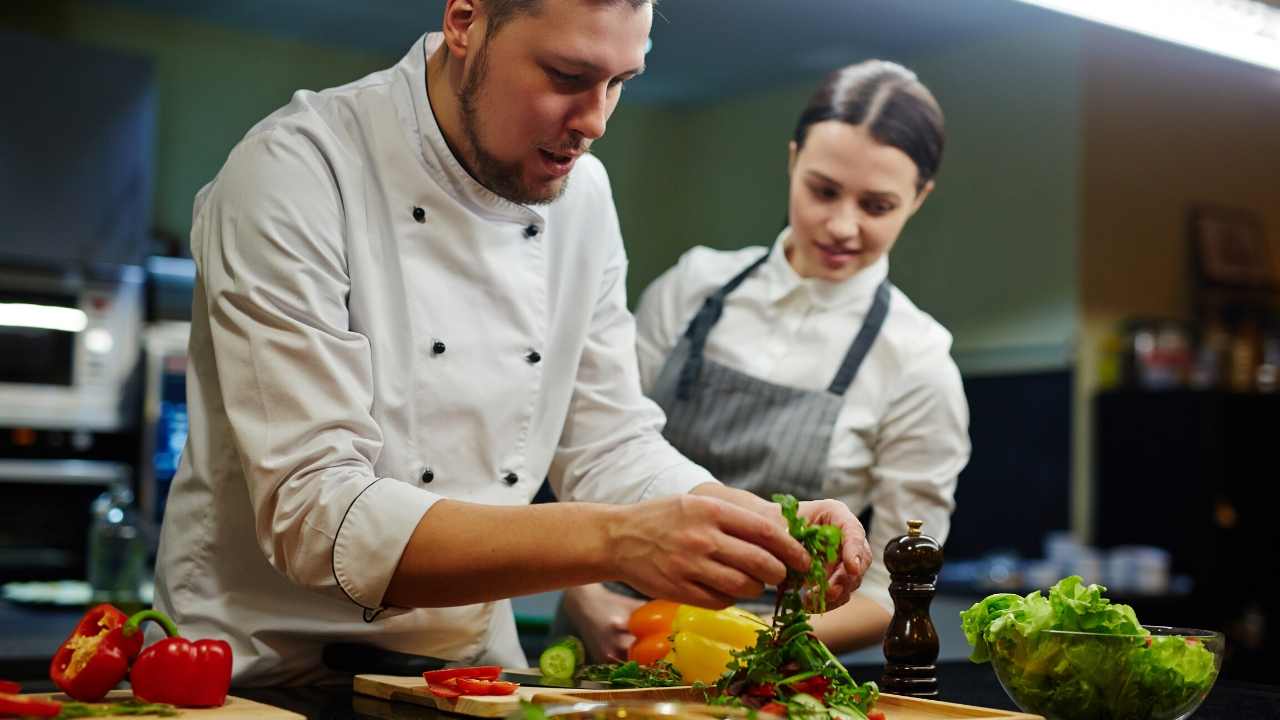 |
[TAG43]SO MANY TACOS! Houston, Texas is home to some famous tacos and famous food trucks. Today we are checking out some queso birria (spicy beef tacos and cheesy |
 |
[TAG44]Follow TrueExclusives: https://twitter.com/trueexclusives https://www.tiktok.com/@trueexclusives |
 |
[TAG45]#asmreating #asmr #mukbang #asmrfood #mukbangasmr #asmrsounds #asmrcommunity #asmrvideo #food #satisfying #asmreatingsounds #eatingshow #mukbangvideo |
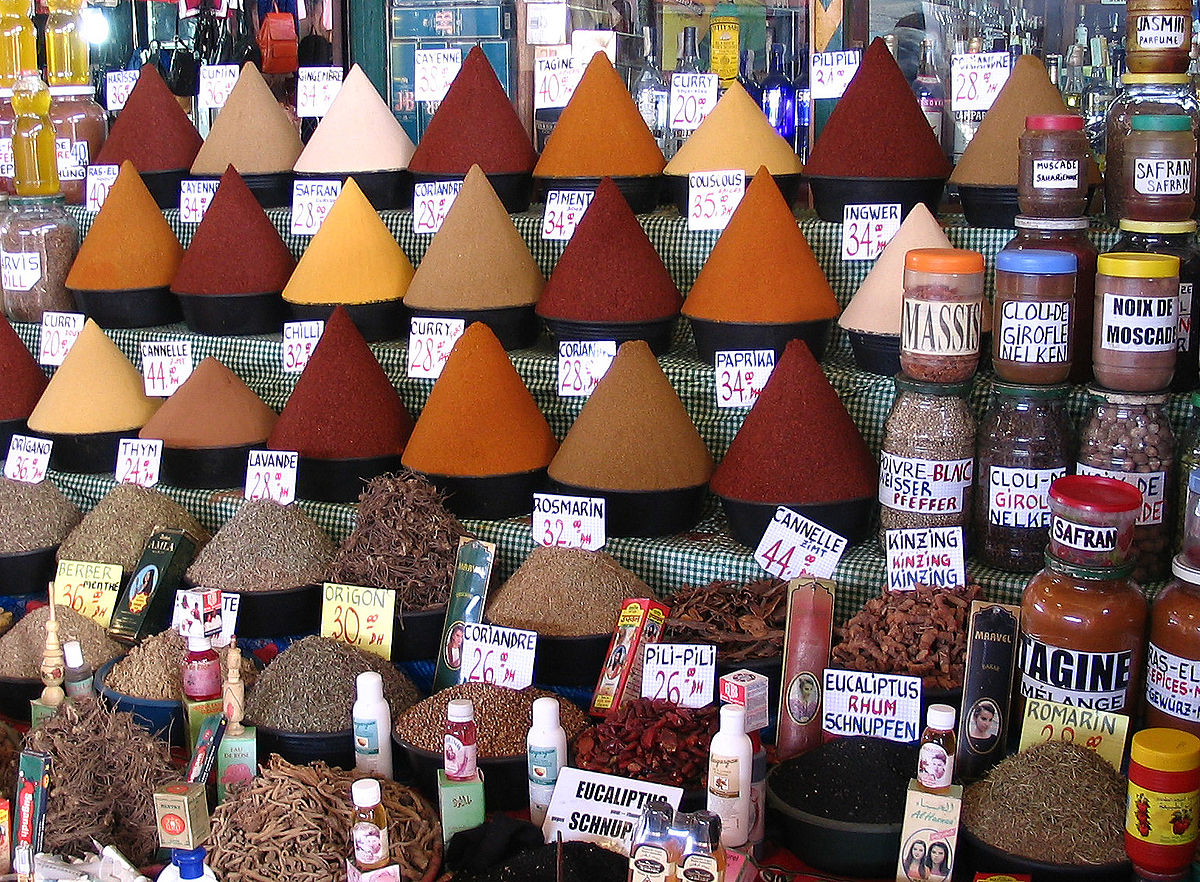 |
[TAG46]definition of spices |
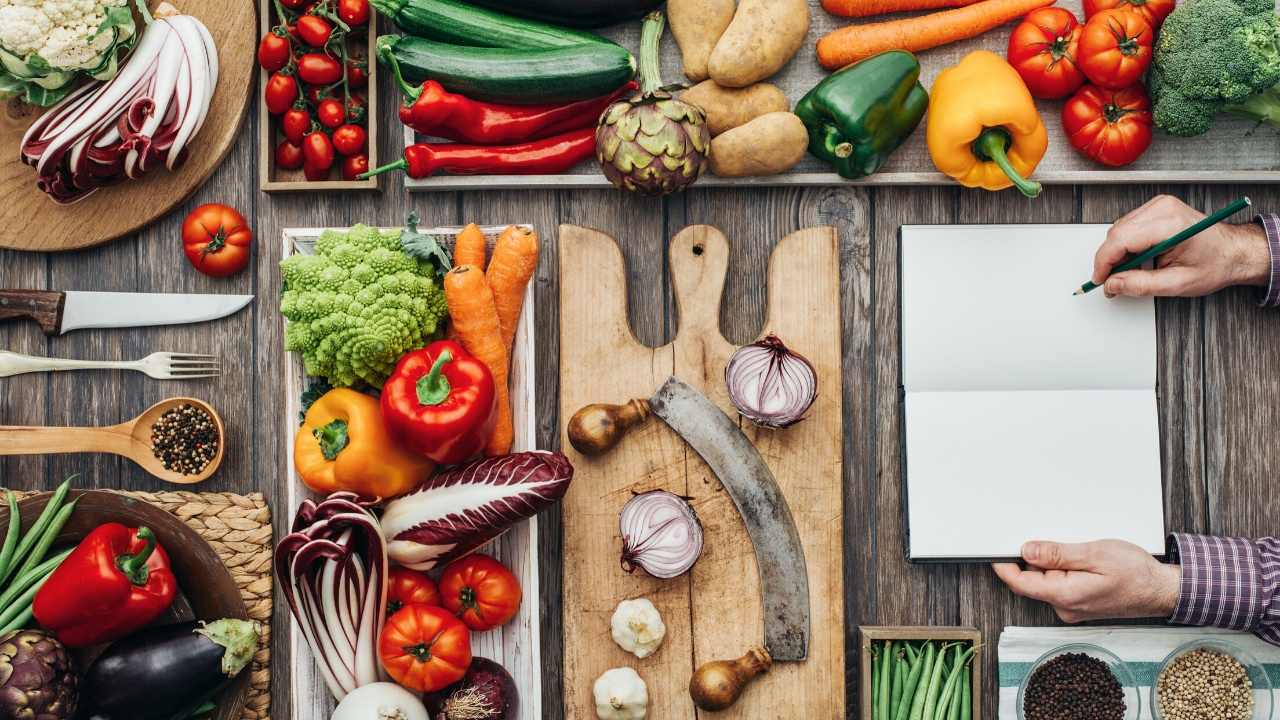 |
[TAG47]Eating Spicy Food||Fried Chicken, Spicy Chili Sauce, Stink Beans & Fresh Vegetables Thank you guys for watching my video. If you like this video, please |
 |
[TAG48]CARDAMOM E-AUCTION SPICES BOARD OFFICIAL |
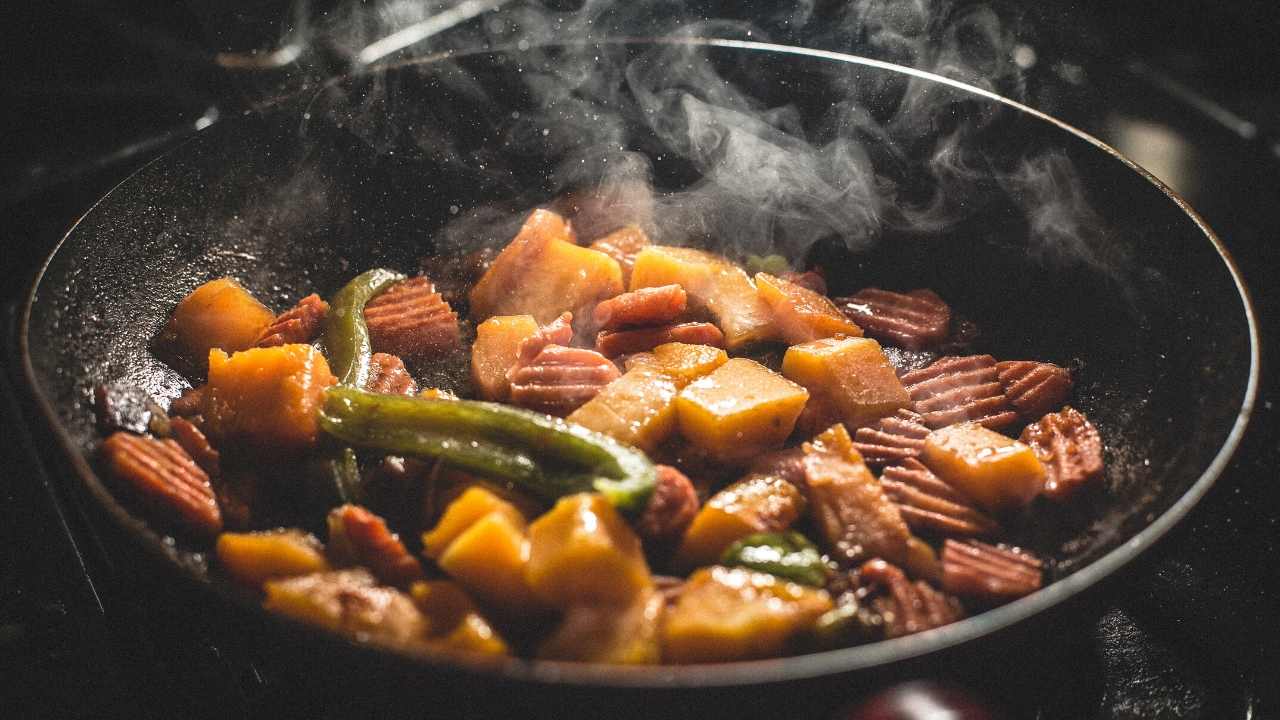 |
[TAG49]Shayla Reaves is getting a look at the spices from Here’s The Deal Spice Co. |
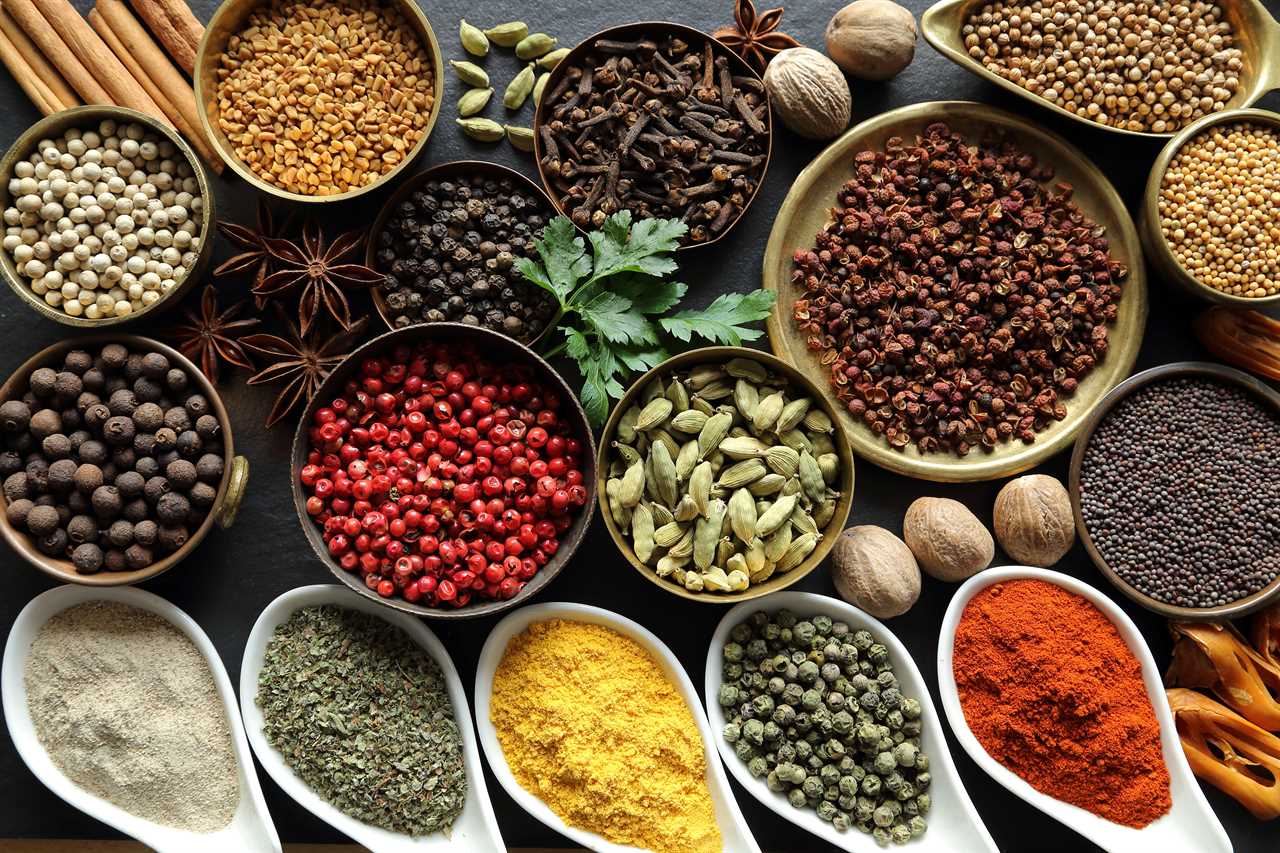 |
[TAG50]Important spices in cooking |
 |
[TAG51]Hosts: Eric Latiff, Ndu Okoh & CT Muga Producer: Ednah Ombaso The Situation Room, Kenya's Biggest Conversation Catch Spice FM in Nairobi on 94.4 • |
 |
[TAG52]CARDAMOM E-AUCTION SPICES BOARD OFFICIAL |
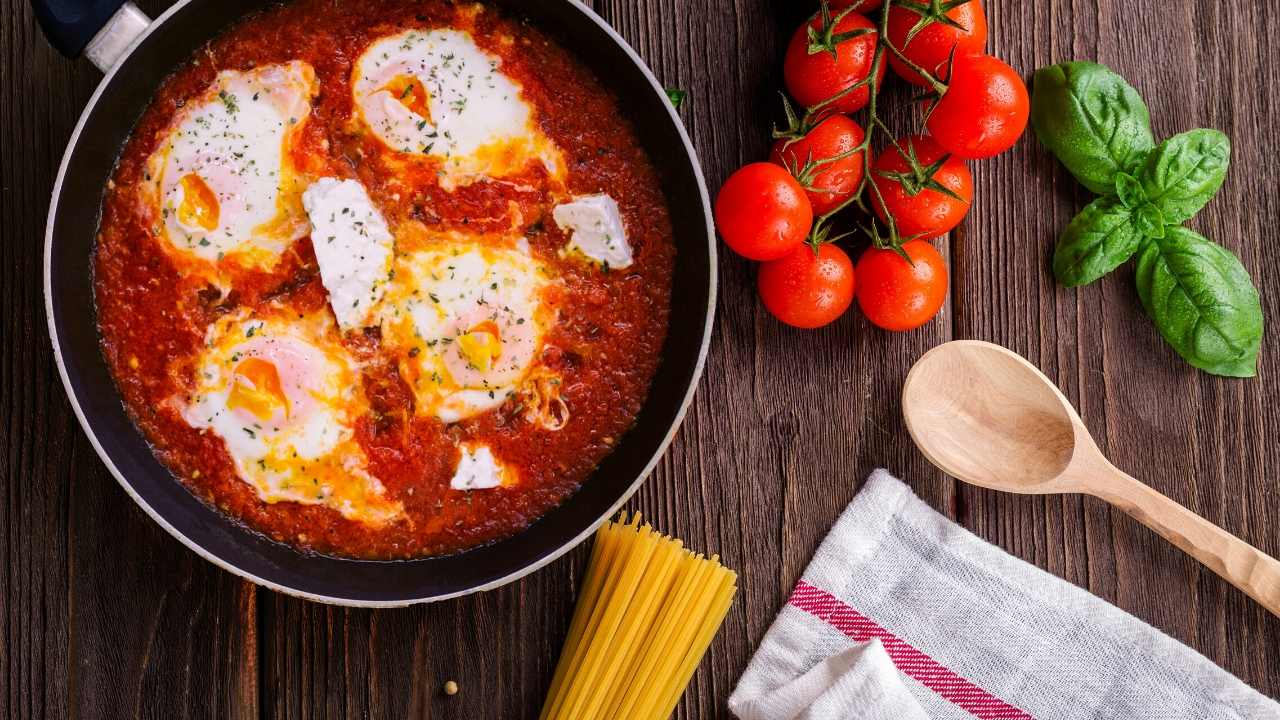 |
[TAG53]Hello everyone! Welcome to PTV Live! In this episode, we’ll review a vintage Hallmark Movie (Pumpkin Pie Wars), we will make a fall-inspired cocktail, and give |
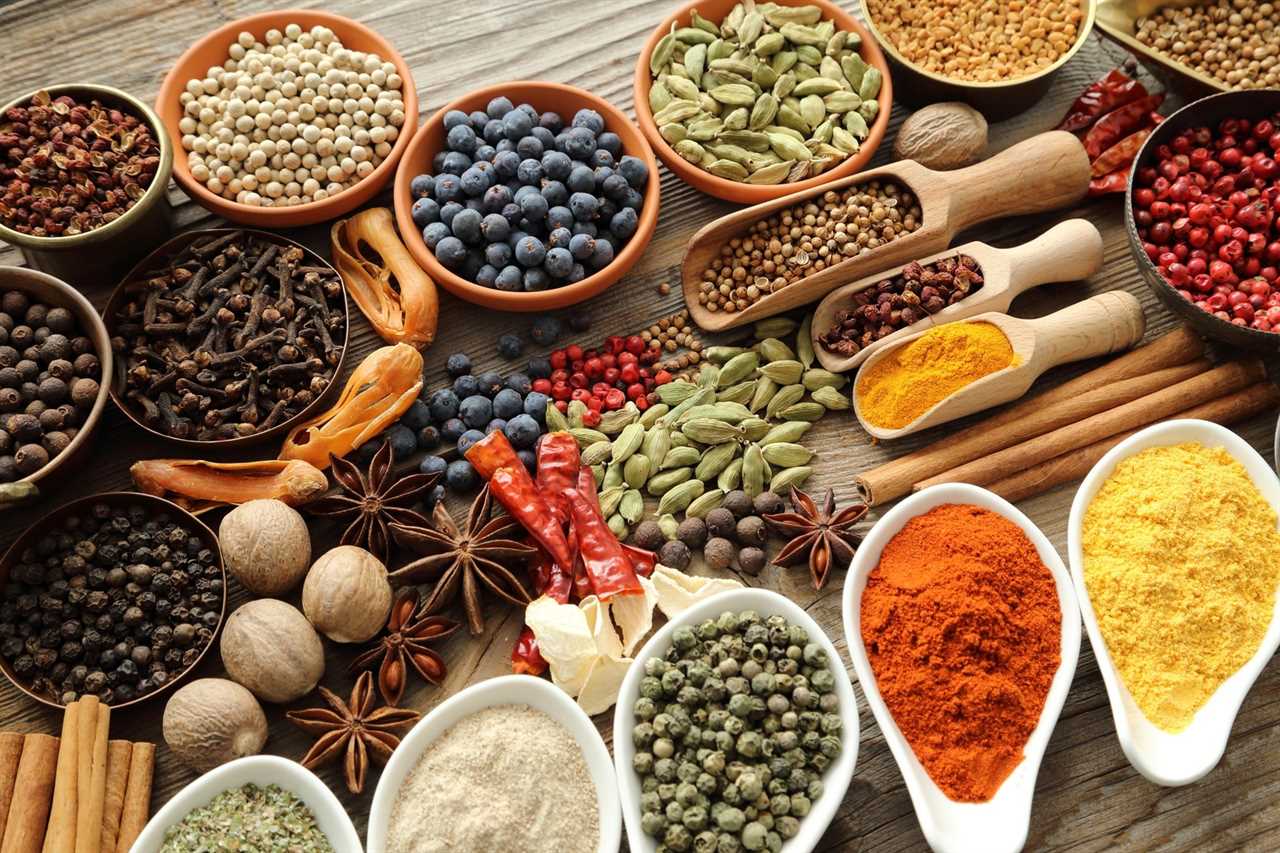 |
[TAG54]Herbs, spice & everything nice, these blog and articles explain the many uses of spices, including spices for weight loss, spices for brewing, and how to store |
 |
[TAG55]Evidence-based: https://www.healthnormal.com/ginger-benefits/ For over 4,000 years, ginger has been a revered spice, celebrated for its numerous health |
 |
[TAG56]August 28, 2023Likely that Vietnam's pepper exports in the first 8 months of the year will reach around 183-185,000 tons. If the forecasted annual pepper |
 |
[TAG57]- In coming time, world pepper market will increase due to reduced supply (low price, low yield due to many old trees, reduced interest in farming due to |
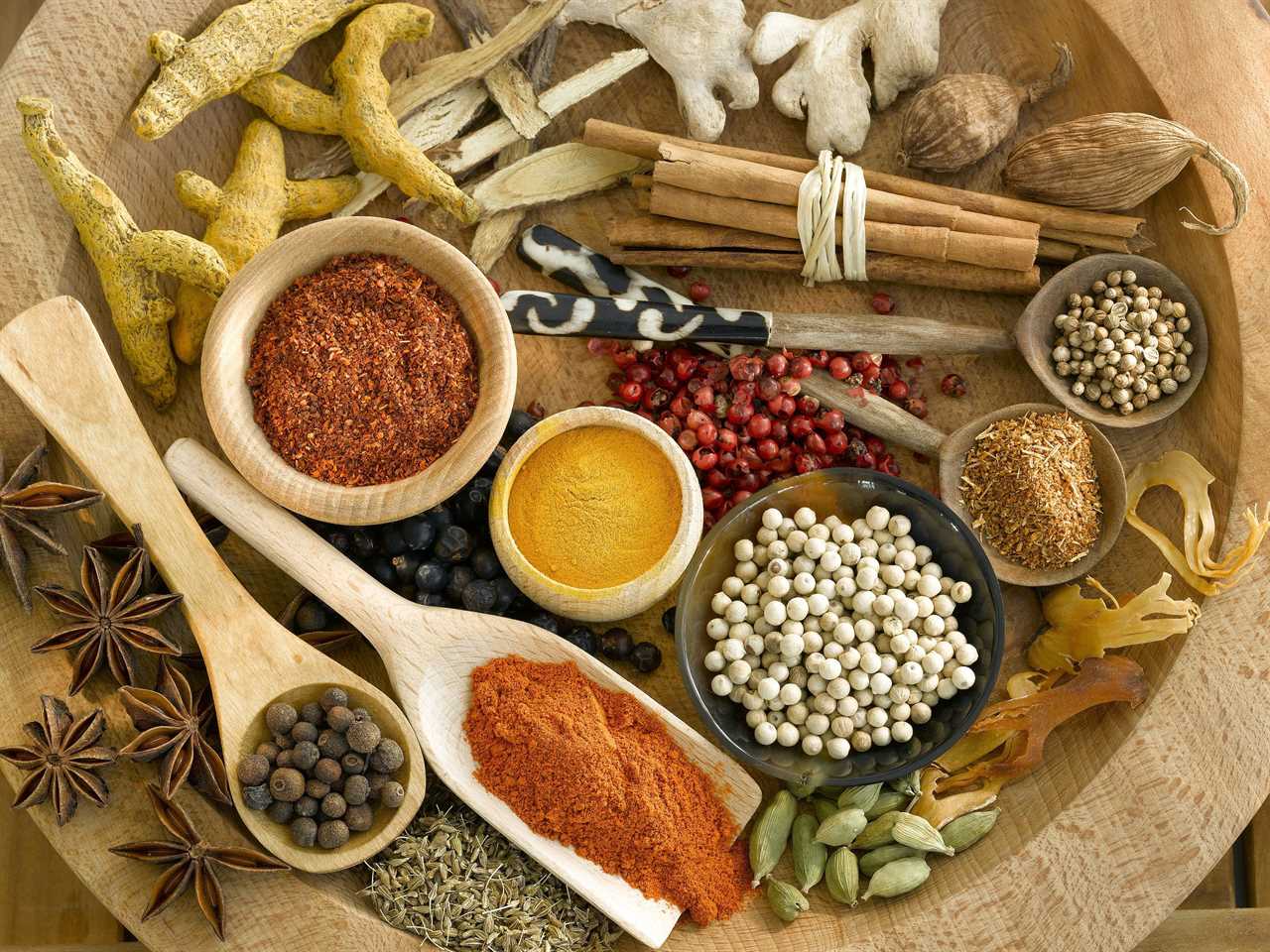 |
[TAG58]spices | Visit our blog for recipes, cooking tips and techniques as well as our staff's favorite eats and travel adventures. |
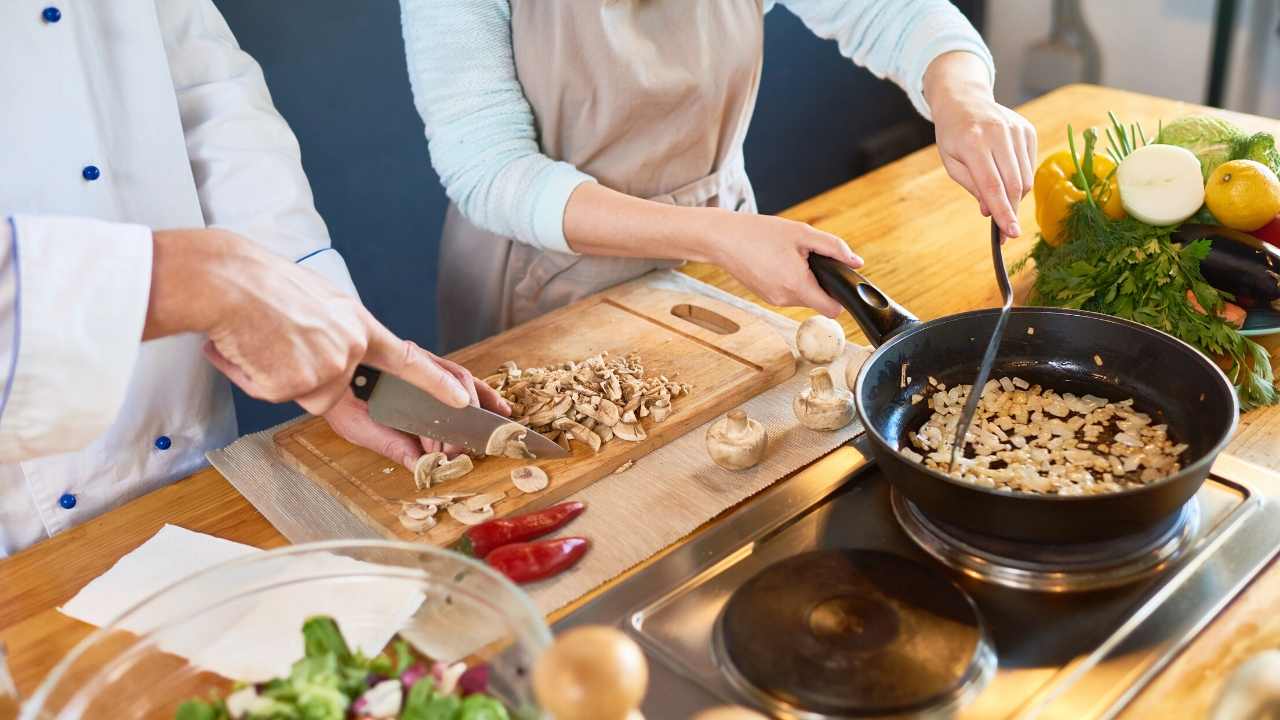 |
[TAG59]As prices of cardamom rise, India is in danger of losing its export markets to the cheaper Guatemalan cardamom. Even the upcoming festive season may not help |
 |
[TAG60]KEY HIGHLIGHTSAugust 11th 2023The pepper market this week showed a mix response with only Malaysian local white pepper price reported with a decrease.The |
 |
[TAG61]As demand outstrips supply and imports become expensive, black pepper prices have risen, prompting growers to resort to hoarding in anticipation of bigger |
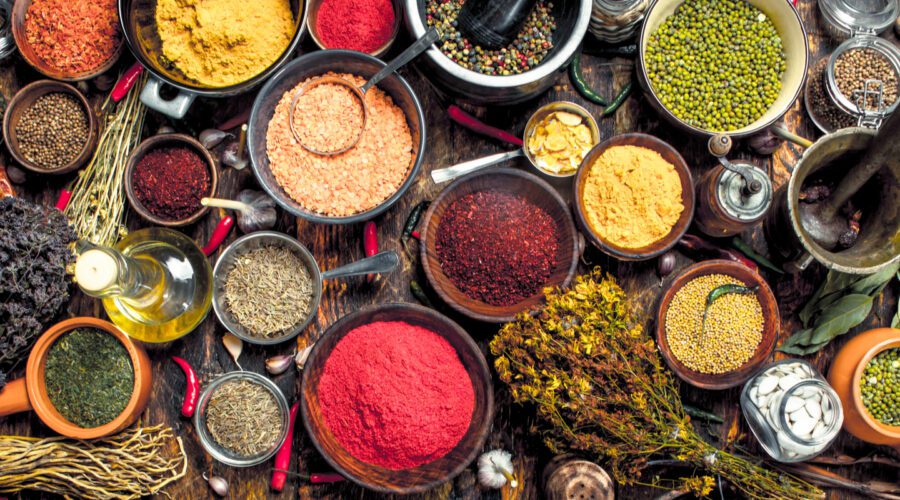 |
[TAG62]This spice blog writes about Indian fenugreek, Canadian coriander, Egyptian dill weed, Syrian Aleppo pepper, Granada nutmeg, & more from around the world. |
 |
[TAG63]Week 33/2023Brazil Pepper started at lows of BRL 11/kg for raw about $2550-2750 FOB range beginning this year, heading firm towards Q2 until it reached its |
 |
[TAG64]August 10th, 2023Just received from one of our good suppliers a report about mexican Allspice Crop & HarvestConcerning Allspice market situation, let me |
 |
[TAG65]August 10, 2023 After black pepper, it is now the turn of cardamom to witness a price surge reportedly on speculative buying. The rates soared to ₹2,250 per |
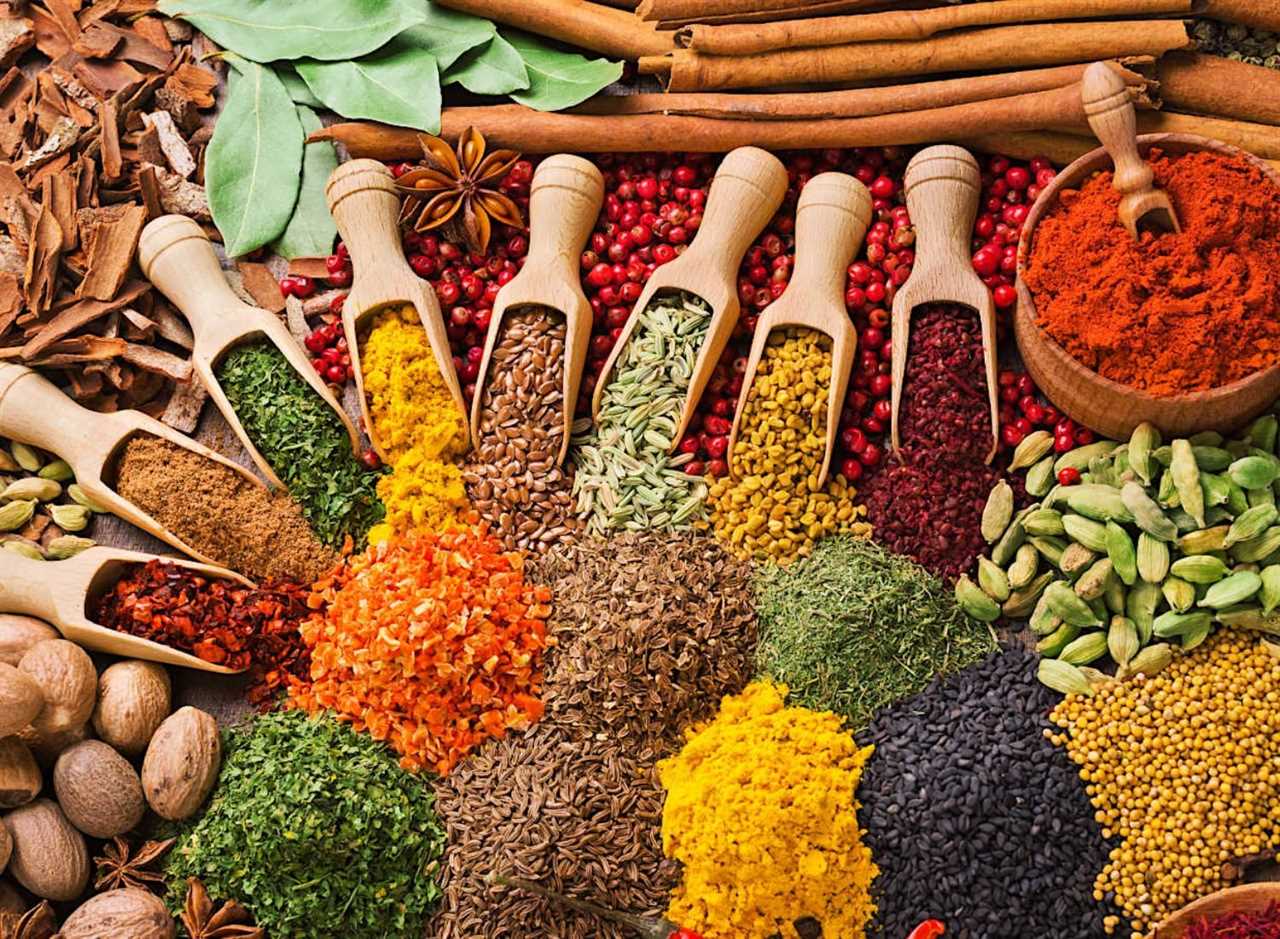 |
[TAG66]World of Spice is your online store for a massive range of High Quality Herbs Spices and Seasonings. Wholesale, Foodservice and Catering High Quality Herbs |
 |
[TAG67]August 8, 2023The Hindu BusinessLineBlack pepper has turned hot in the recent weeks on speculative buying amidst concerns of delayed crop setting due to the |
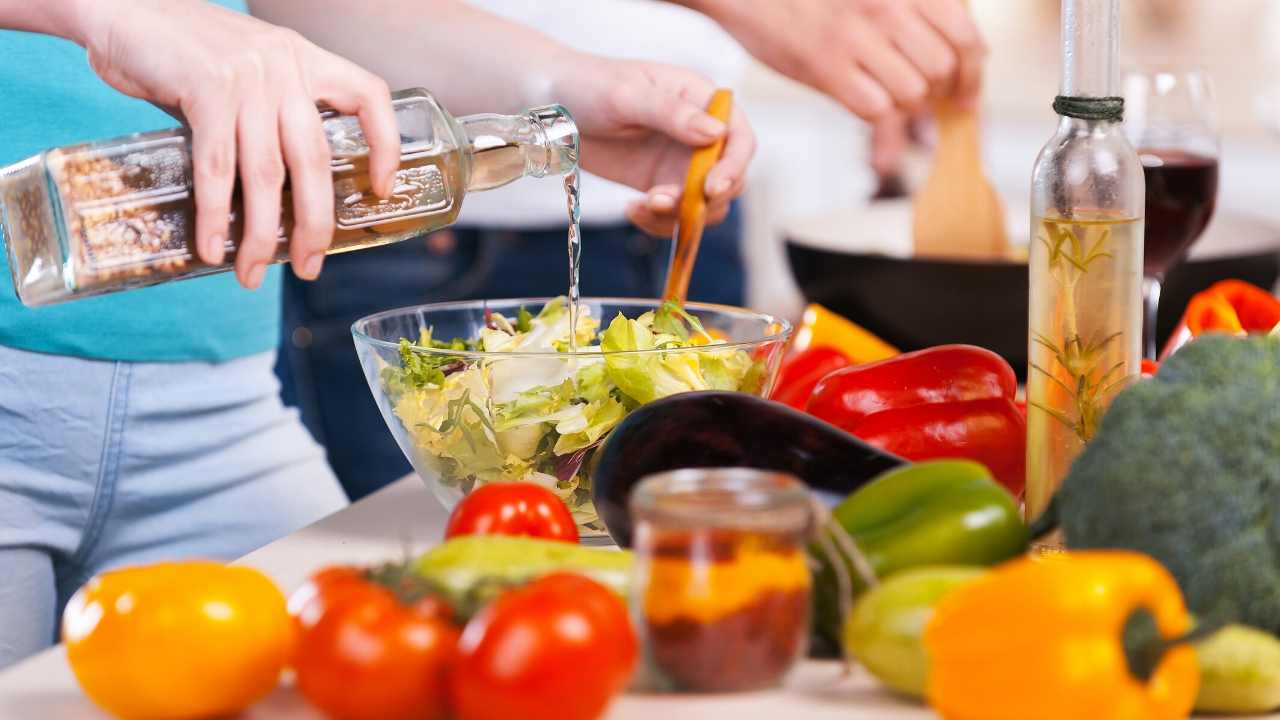 |
[TAG68]2023-08-08Jeera yesterday settled down by -0.45% at 63115 on profit booking after prices gained as supply is limited due to the rainy environment. However, |
.png)
